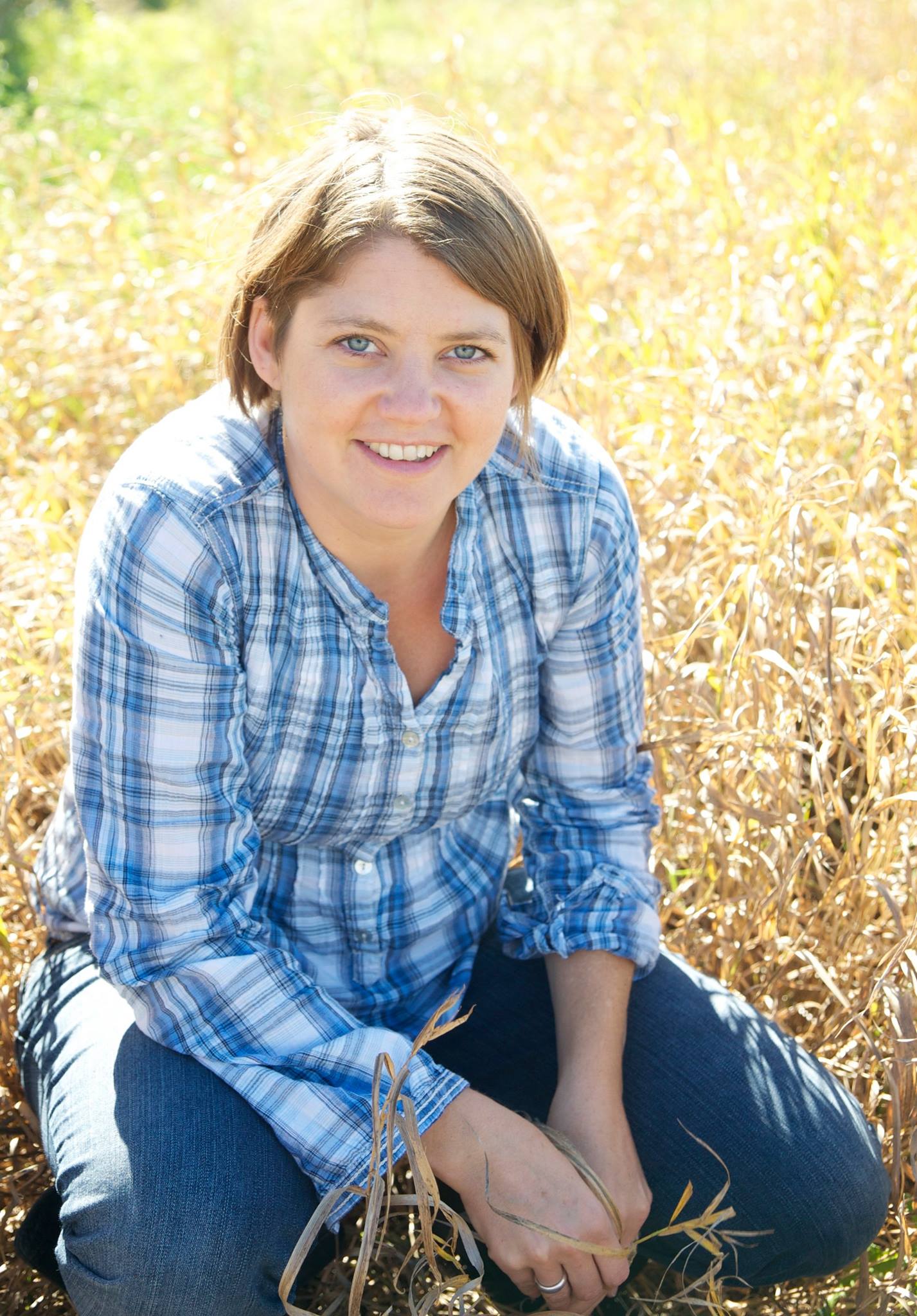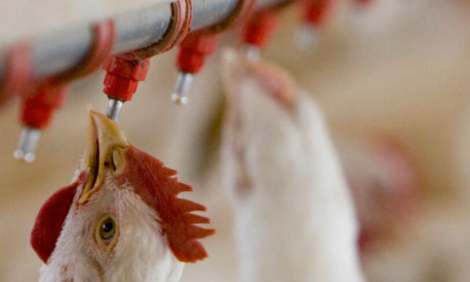



Belgium: More chickens and dairy cows, but fewer farmers
Pork and poultry consumption up, beef down

Pork still accounts for the largest percentage of meat consumption, however, growth has stagnated, said VILT. Beef consumption is the lowest among meat categories, and has declined by almost 20% since the 2000s. Chicken consumption has almost doubled over the same period.
Flanders is home to 1.3 million cattle. While herd size increased between 2014 and 2017, thanks, in part, to the end of the milk quota, in recent years it's been on the decline again.
Between 2005-2020, Flanders' dairy herd has grown by 13%, while the suckler cow herd has declined by 27%. Since dairy cows have more feed intake, their emissions per cow are a lot higher.
The average herd size was 87 cattle per farm in 2005. Today, that number has increased 77% to 154 head per farm. A study by Wannes Keulemans of the KU Leuven reveals the reduction in the number of beef cows accounts for 0.085 megatonnes of CO2 equivalents or 0.19% of the Flemish non-ETS emissions (46 megaton).
In 2020 there were 5.83 million pigs in the Flemish Region. Since 2005, the total number of pigs has hovered around 6 million. The number of sows has been declining for some time and was 33% lower in 2020 than in 2005. The Flemish pig population has, therefore, remained largely stable over all these years, as has European pork consumption.
The number of pigs per farm has increased almost 60%, rising from 1,362 to 2,264 over that period. The reduction of the pig population by 15% would result in a reduction of 0.18 megatons or 0.4% of the Flemish non-ETS emissions, reports VILT.
There has been strong growth in broiler production in the Flemish region as well. In 2020, the Flemish Region had 45.59 million poultry. That number has risen in conjunction with EU poultry consumption. Between 2005 and 2020, the number of broiler chickens in Flanders grew by 57%.
In 2005, the average chicken farm in Flanders had 31,000 chickens. That number has more than doubled to 67,000 chickens in 2020. A 10% reduction in the poultry stock would only have a negligible impact on CO2 emissions in Flanders, said VILT.









